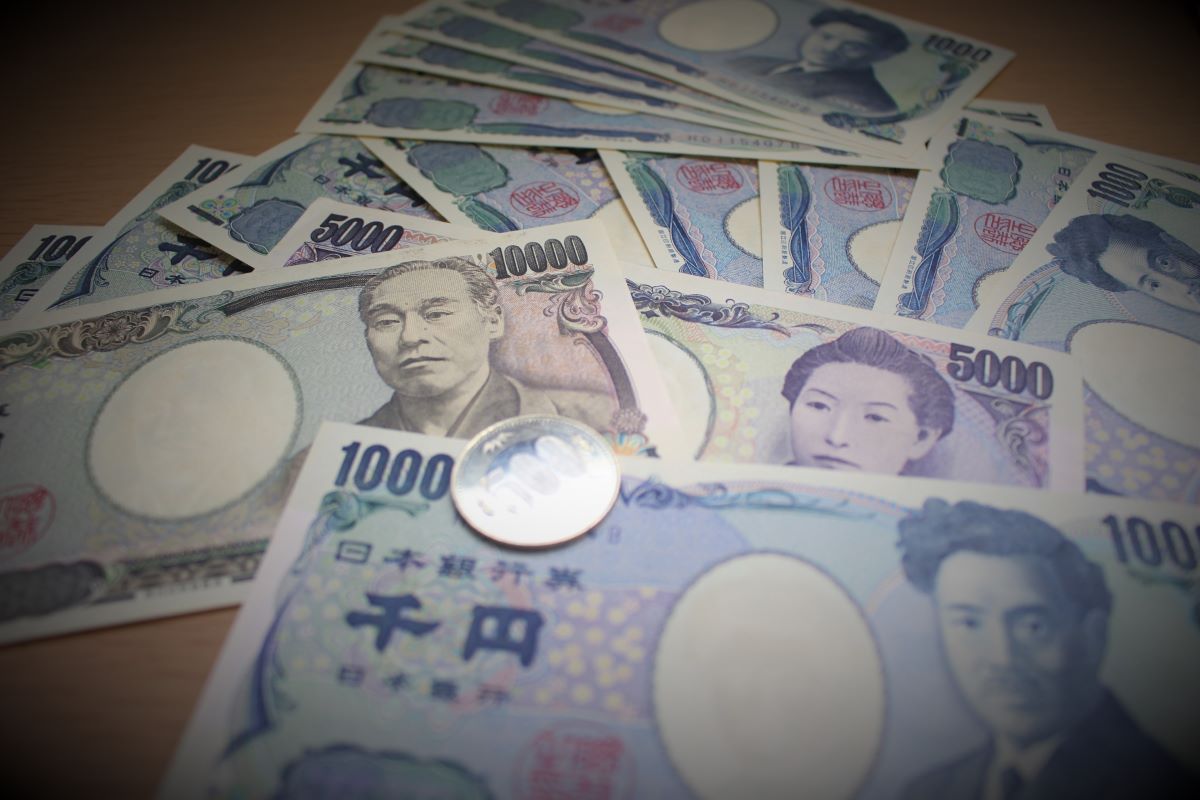If you are planning a stay in Japan or are even just studying about Japanese culture, here are some really fascinating aspects of Japanese culinary customs that will be wise to know.
Chopsticks (Hashi)
Chopsticks as they are commonly called in many parts of the world, or “Hashi” as they are called in Japanese, are rather ubiquitous sight throughout restaurants in the country of Japan. Knowing how to eat with them politely is, therefore, an important set of manners to be aware of to be as harmonious and polite as possible in a dining setting. You may be surprised to hear that the improper use of hashi is actually one of the more sensitive forms of etiquette in the country since the reasons are rather extreme. Hashi are used primarily to eat, but also in the performance of certain funeral rites. This is why it is generally such a serious matter, in comparison to other customs which logically may seem to be much more important. One of these rules for polite use of hashi is not to pass food from one person’s hashi to another person’s. This is due to the practice, during funeral rites, of the remaining bone fragments being passed from one pair of hashi to another. Another funeral rites related tradition to observe is never to leave your hashi standing vertically in a bowl of rice as this is done as an offering during funeral services. It also resembles the incense offerings given to ancestors in which the incense often sticks out of a mound of rice in a small bowl. One last rule of funeral related hashi etiquette is never to cross your chopsticks on a table as this reportedly is a symbol similar to crossed bones seen in the art of Western society.
Last Grain of Rice
The last full grain of rice may seem small and insignificant but it is symbolically important to some in Japan. While it may not get you any major glances of disbelief for leaving a few grains of rice in your bowl at the end of your dining, you will likely pleasantly surprise your Japanese companions by finishing every last whole grain in your bowl. It is a tradition likely from the days when all rice farming was done manually and rice farming is quite an undertaking. Therefore, every grain of rice was truly valuable and symbolic of how much went into producing that grain of rice.
Meal Salutation
As you begin each meal there is a customary practice of putting the palms of the hands together in front of you and saying “Ittadakimasu” (pronounced Ee-tah-da-kee-mahs). It is a unique custom in that what is actually said is honoring everything that happened to get the food to the table. Essentially it thanks, for instance, a grain of rice for being present and it also thanks the sunshine and rain that fell on it to make it grow, and also even the person who drove the truck to deliver it to the grocery store. It is quite a great way to start a meal and apparently has no real religious connotations, which makes it rather universal and unique.
This should be enough to keep your dining smooth and faux pas free in Japan.





